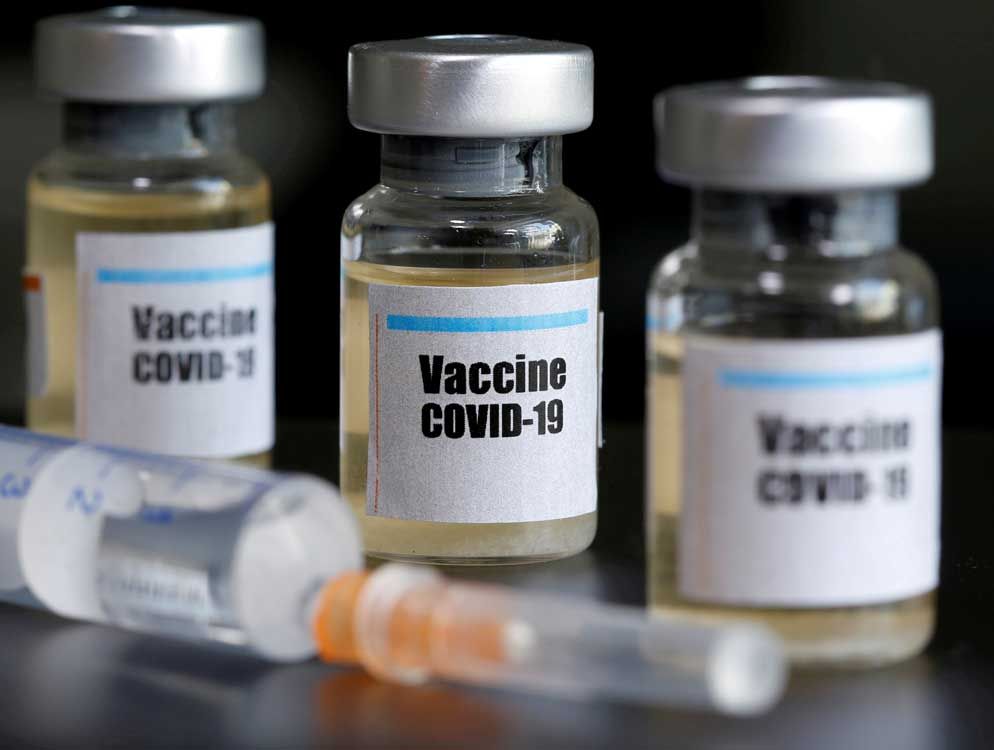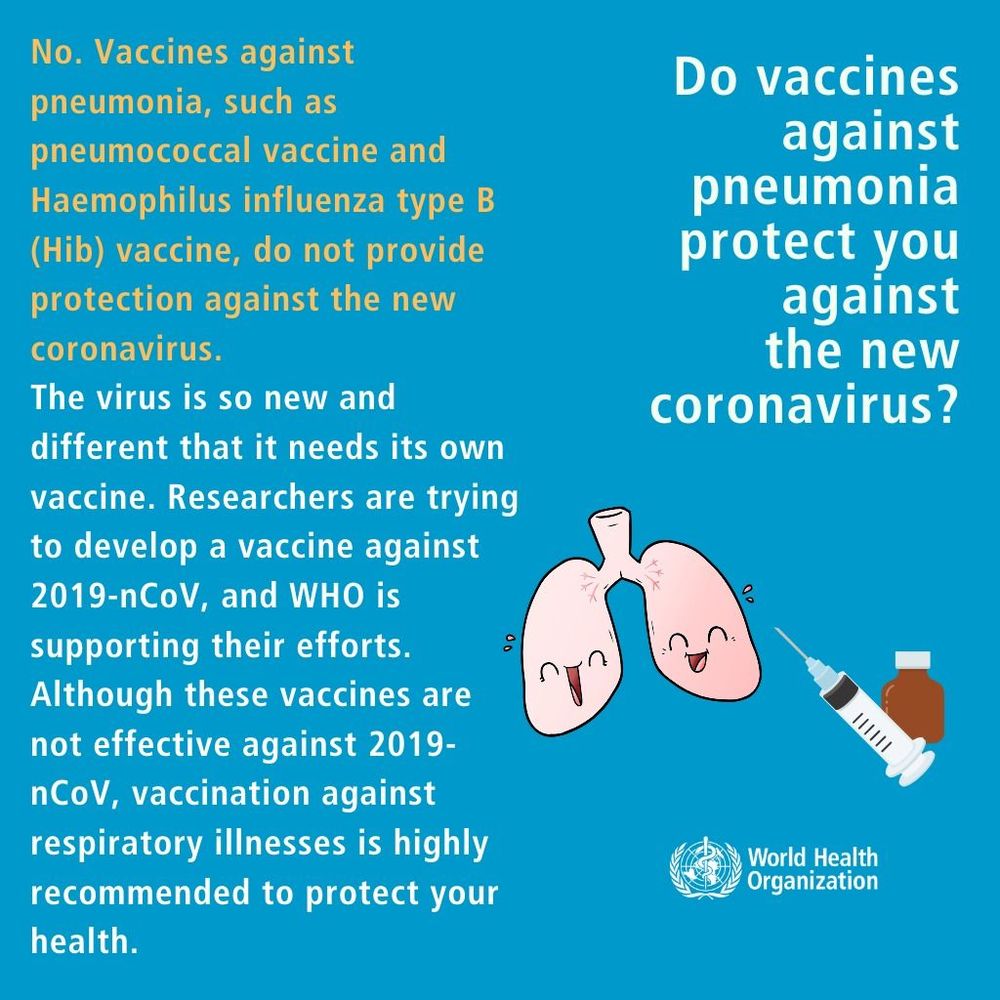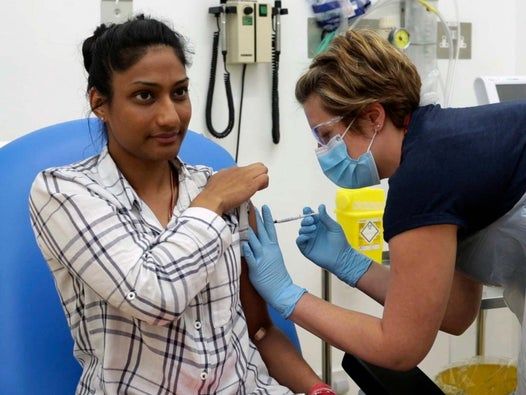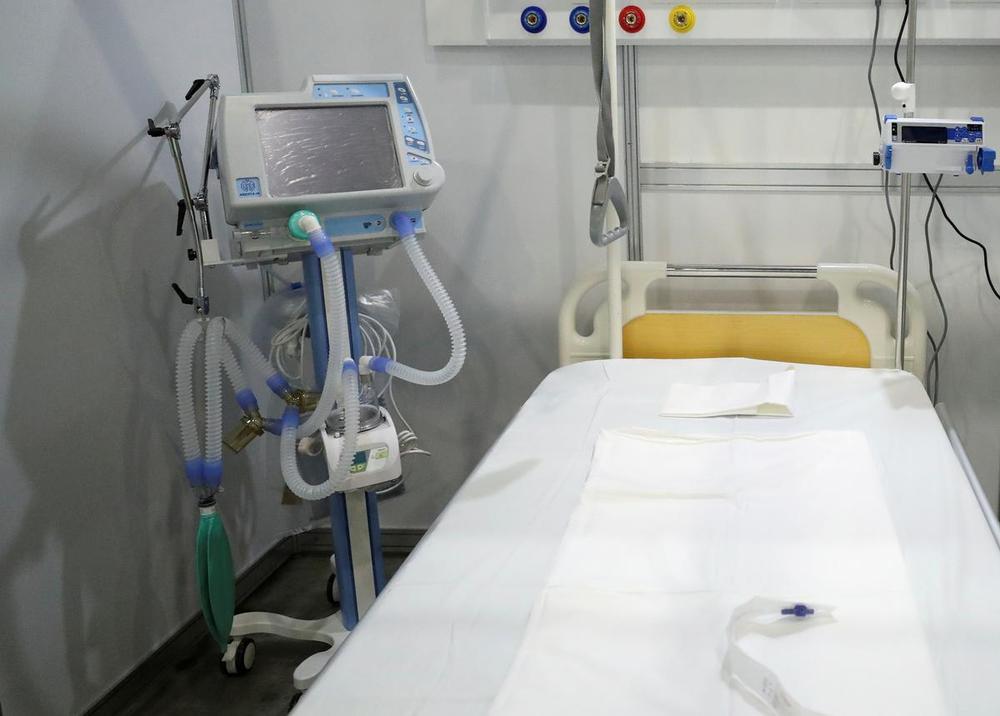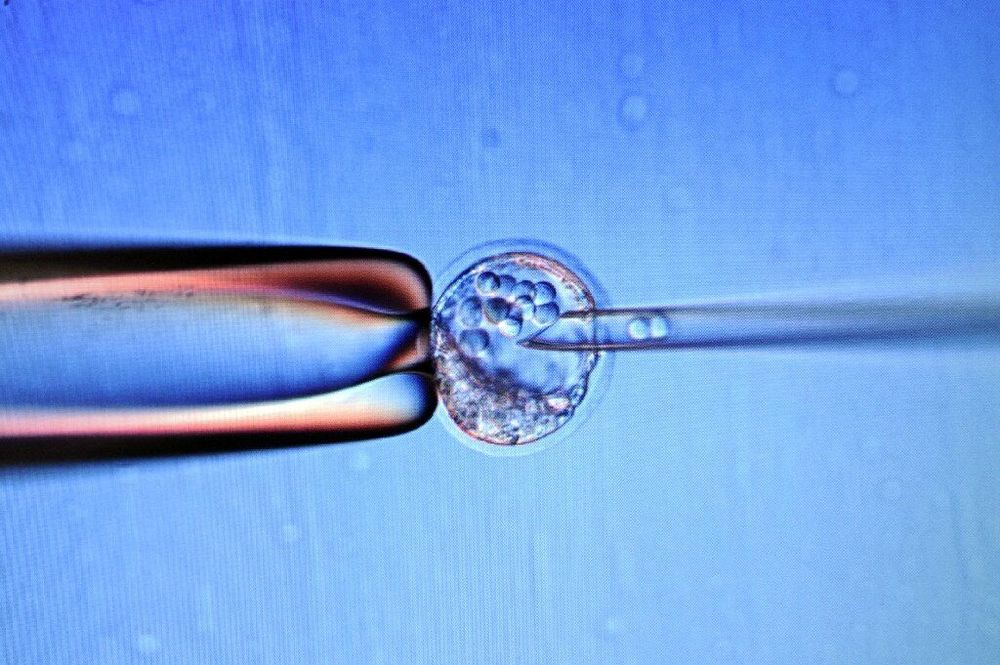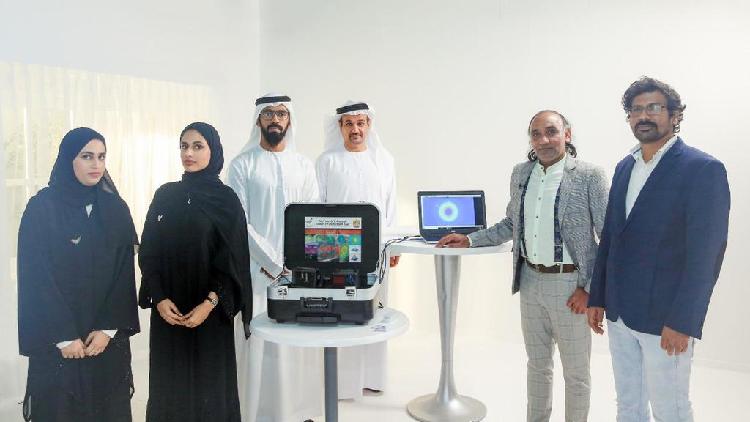High-quality data is the fuel that powers AI algorithms. Without a continual flow of labeled data, bottlenecks can occur and the algorithm will slowly get worse and add risk to the system.
It’s why labeled data is so critical for companies like Zoox, Cruise and Waymo, which use it to train machine learning models to develop and deploy autonomous vehicles. That need is what led to the creation of Scale AI, a startup that uses software and people to process and label image, lidar and map data for companies building machine learning algorithms. Companies working on autonomous vehicle technology make up a large swath of Scale’s customer base, although its platform is also used by Airbnb, Pinterest and OpenAI, among others.
The COVID-19 pandemic has slowed, or even halted, that flow of data as AV companies suspended testing on public roads — the means of collecting billions of images. Scale is hoping to turn the tap back on, and for free.

